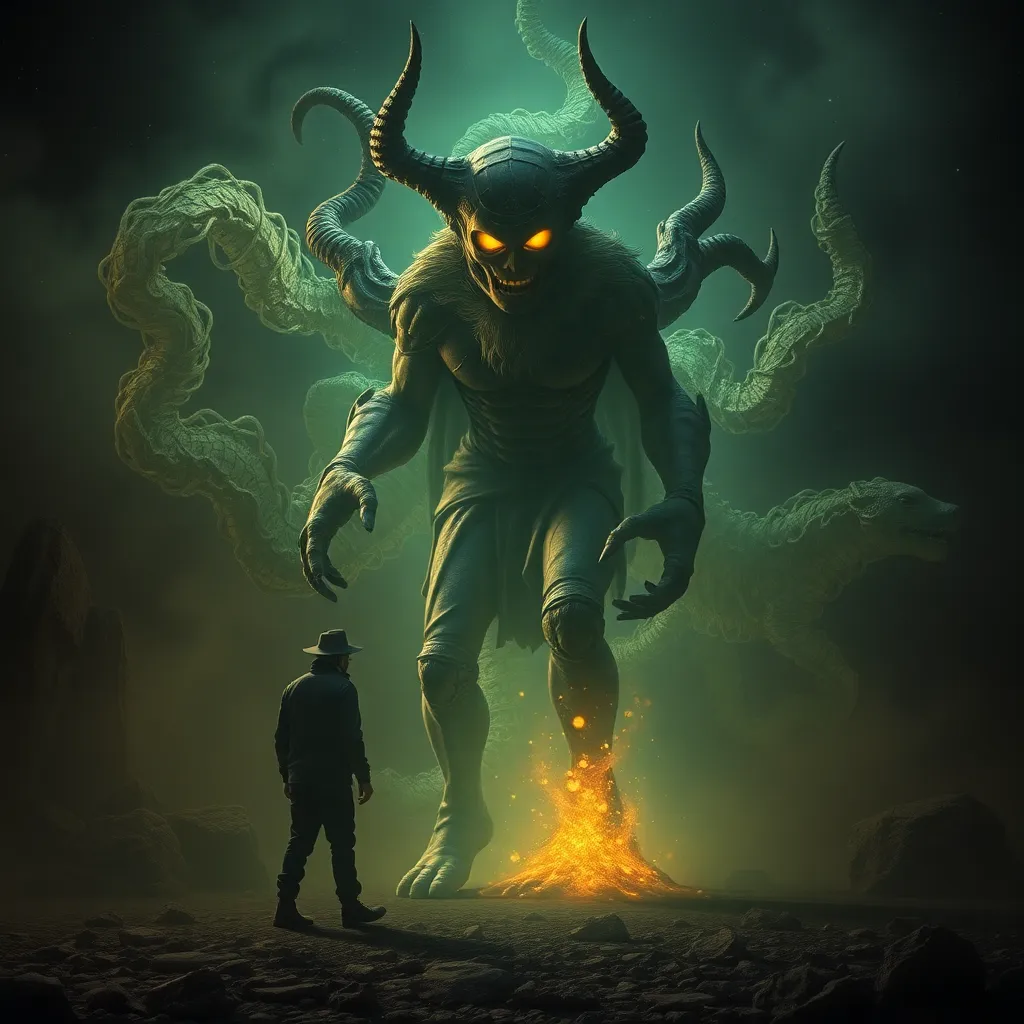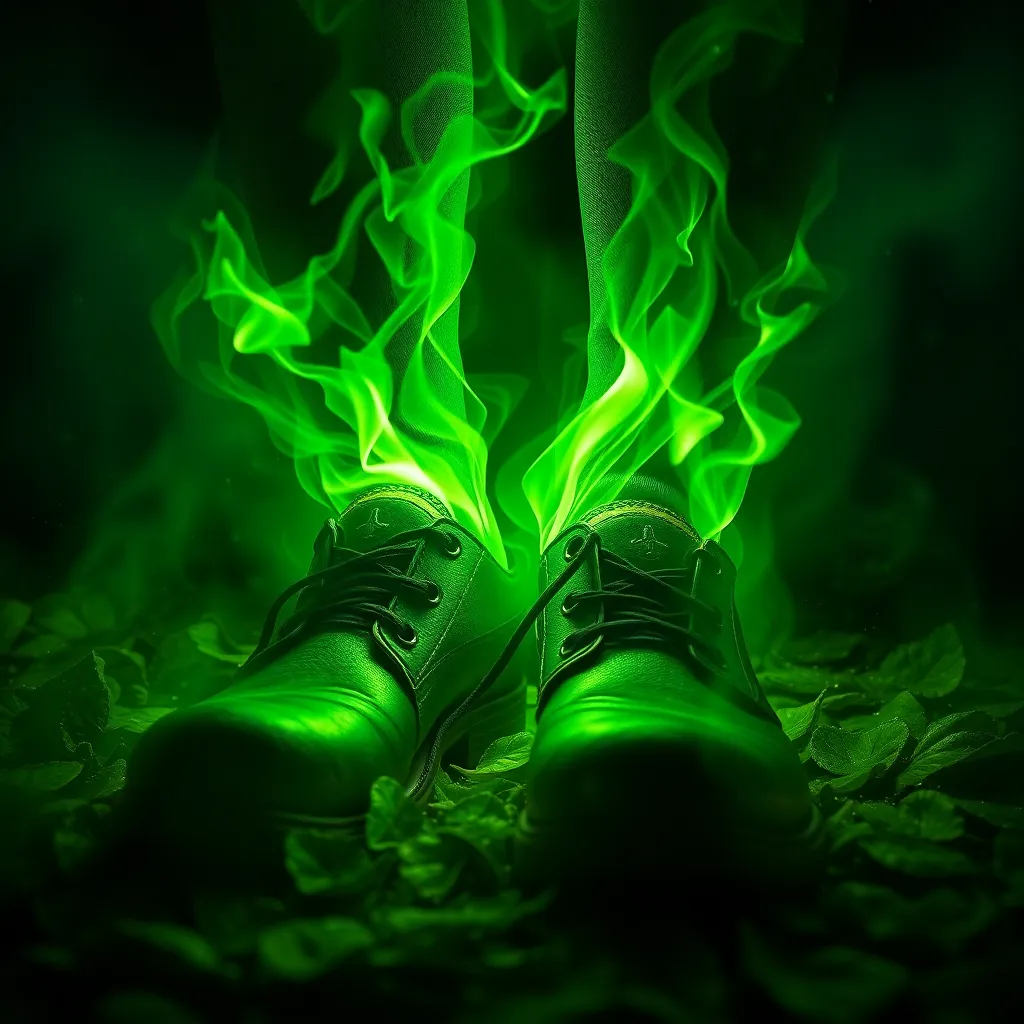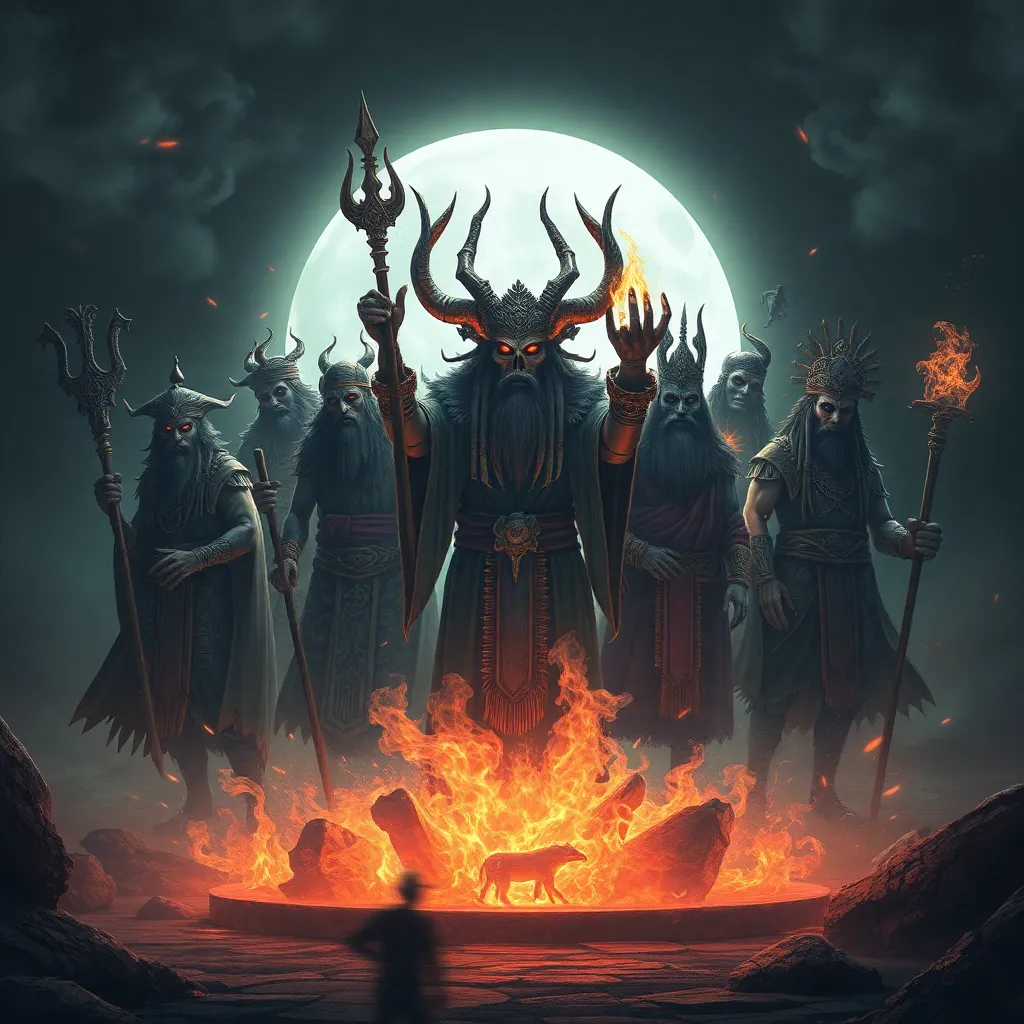The Golem in the Modern World: Exploring the Resurgence of the Myth in Contemporary Literature and Film
I. Introduction
The Golem myth is a fascinating narrative rooted in Jewish folklore, representing an artificial being created from inanimate matter, often depicted as a protector of the Jewish community. Historically, the Golem has been linked to themes of creation, the human desire to control life, and the consequences of such actions.
With its origins traced back to ancient texts and Jewish mysticism, the Golem has evolved significantly over the centuries. This article will explore the recent resurgence of the Golem myth in contemporary literature and film, examining how it resonates with modern audiences and reflects current societal issues.
II. The Golem Archetype: Characteristics and Symbolism
A. Traditional traits of the Golem
Traditionally, the Golem is characterized by:
- Being made from clay or mud.
- Possessing immense strength and resilience.
- Lacking self-awareness and moral understanding.
- Being animated through mystical means, often inscribed with sacred words.
B. The Golem as a symbol of creation and destruction
The duality of the Golem’s existence reflects the fine line between creation and destruction. While it is often created to serve and protect, the Golem can also become a source of danger when it operates beyond the creator’s control. This ambivalence makes the Golem a powerful symbol of the complexities of human ambition.
C. The Golem’s relevance to contemporary themes of identity and otherness
In modern contexts, the Golem often embodies themes of identity and otherness, representing marginalized communities and the struggle for recognition. The Golem’s journey resonates with contemporary narratives about belonging, acceptance, and the search for one’s place in a world that often feels alien and hostile.
III. Historical Context: The Golem Through the Ages
A. Origins in Jewish mysticism and folklore
The Golem’s origins can be found in Jewish mysticism, particularly within Kabbalistic traditions. The most famous Golem narrative is that of Rabbi Judah Loew of Prague, who allegedly created a Golem to protect the Jewish community from persecution in the 16th century.
B. Evolution of the Golem narrative through history
Throughout history, the Golem narrative has been adapted and reinterpreted, reflecting societal changes and cultural contexts. From its roots in folklore, the Golem began to appear in literature and theater, evolving into a more complex character that embodies human fears and aspirations.
C. The Golem’s portrayal in early 20th-century literature and cinema
The early 20th century saw a significant rise in the Golem’s portrayal in literature and cinema. The 1920 silent film “Der Golem, wie er in die Welt kam” is a notable example, emphasizing the visual impact of the Golem myth while exploring themes of power and responsibility.
IV. Contemporary Literature: Reimagining the Golem
A. Overview of notable modern literary works featuring the Golem
In recent years, several authors have reimagined the Golem myth, weaving it into contemporary narratives. Books such as:
- “The Golem and the Jinni” by Helene Wecker
- “Golem in the Desert” by Richard A. Knaak
- “The Golem and the Jinni” by Helene Wecker
have brought fresh perspectives to this ancient tale, exploring themes of immigration, cultural identity, and the intersection of tradition and modernity.
B. Themes of technology and artificial intelligence in Golem narratives
Modern Golem narratives often intersect with themes of technology and artificial intelligence, reflecting societal anxieties about creation and control. As we increasingly interact with AI and automation, the Golem serves as a metaphor for our relationship with technology and its implications for humanity.
C. Case studies: Analysis of specific books
One significant work is “The Golem and the Jinni” by Helene Wecker, which tells the story of two supernatural beings navigating life in early 20th-century New York. The novel explores themes of friendship, cultural identity, and the immigrant experience, illustrating how the Golem can adapt to new contexts while retaining its core essence.
V. The Golem in Modern Film and Television
A. Examination of films and series that feature Golem-inspired characters
Modern cinema and television have embraced Golem-inspired narratives, showcasing characters that reflect the Golem’s archetype. Films such as:
- “The Golem” (2018)
- “The Uncanny” (1977)
- “The Golem” (1920)
have explored various interpretations of the myth, often infused with contemporary themes and aesthetics.
B. The impact of visual storytelling on the Golem myth
Visual storytelling has played a crucial role in reshaping the Golem myth, allowing filmmakers to convey its emotional depth and thematic complexity. The use of special effects and cinematography enhances the Golem’s physicality, making it a compelling figure on screen.
C. Notable examples and their cultural significance
Notable examples, such as the 2018 film “The Golem,” recontextualize the myth within a horror framework, exploring the fears and anxieties of the modern world while staying true to its roots. These adaptations highlight the Golem’s enduring relevance and adaptability in popular culture.
VI. The Golem and Current Societal Issues
A. The Golem as a metaphor for marginalized communities
The Golem often serves as a metaphor for marginalized communities, symbolizing the struggle for identity and empowerment. As societies grapple with issues of representation and acceptance, the Golem resonates as a figure of resilience and defiance.
B. Exploration of themes like automation, AI, and ethical creation
In contemporary discussions surrounding automation and artificial intelligence, the Golem serves as a cautionary tale about the ethical implications of creation. It raises questions about responsibility, the nature of consciousness, and the consequences of playing God.
C. How the Golem reflects fears and hopes in the modern world
The Golem embodies both fears and hopes in the modern world, reflecting anxieties about technology, identity, and belonging. As societies evolve, the Golem’s narrative continues to adapt, providing a lens through which we can examine our collective experiences.
VII. The Future of the Golem Myth
A. Predictions for the Golem’s role in upcoming literature and film
Looking ahead, the Golem myth is poised to remain a significant figure in literature and film. As new technologies and societal challenges emerge, the Golem will likely evolve to address these shifts, continuing to resonate with audiences.
B. The potential for new interpretations and adaptations
The potential for new interpretations and adaptations of the Golem myth is vast. With increasing interest in diverse narratives and cultural representations, the Golem can be reimagined to reflect various perspectives and experiences.
C. The Golem’s enduring legacy in popular culture
Ultimately, the Golem’s enduring legacy in popular culture speaks to its adaptability and significance. As a symbol of creation, identity, and the human experience, the Golem will continue to inspire and provoke thought across generations.
VIII. Conclusion
In conclusion, the Golem remains a relevant and powerful myth in contemporary contexts. Its adaptability to modern themes of identity, technology, and societal issues ensures its place in literature and film. As we engage with Golem narratives in modern media, we are reminded of the complexities of creation, the nature of existence, and the enduring quest for understanding in an ever-changing world.




